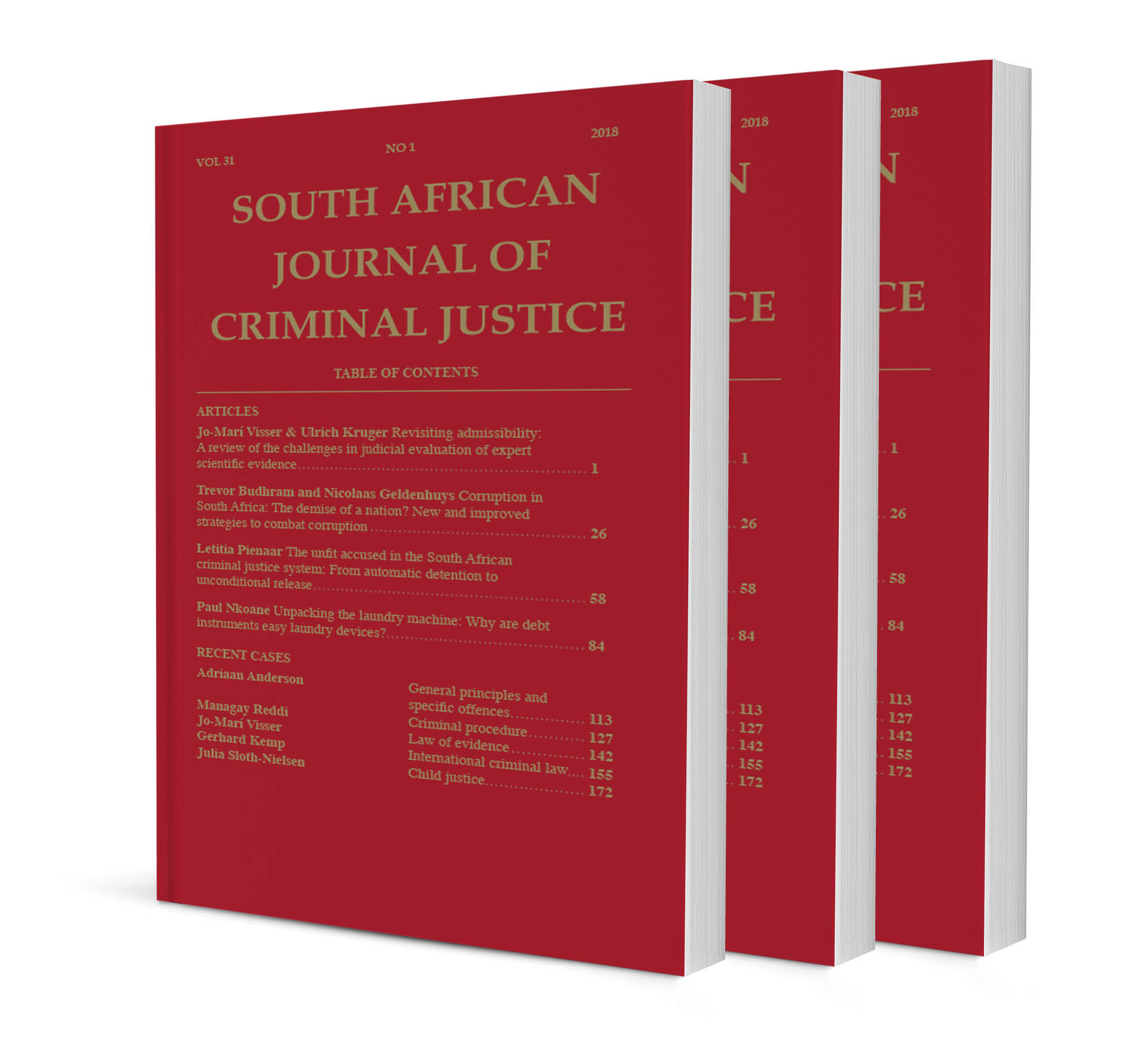Comment: Gambling law: Recent developments

Comment: Gambling law: Recent developments
Author: Marita Carnelley
ISSN: 1996-2118
Affiliations: North-West University
Source: South African Journal of Criminal Justice, Volume 36 Issue 3, p. 485 – 497
https://doi.org/10.47348/SACJ/v36/i3a7
Abstract
Several judgments relating to gambling and the gambling industry have arisen over the past few years that are worthy of academic analysis. This contribution to that analysis will commence with Burgess v S (CA&R58/2022) [2023] ZAECMKHC 83; 2023 (2) SACR 558 (ECMk) (8 August 2023) in which the role that gambling addiction should play in the sentencing process arose, but was not properly dealt with. This will be followed with a discussion of several search and seizure cases, namely Ethypersadh v Minister of Police NO [2023] ZAGPPHC 595 (25 July 2023), Buchler v Minister of SAPS NO (6310/2022) [2023] ZAFSHC 1 (5 January 2023) and Strauss v Minister of Police NO (UM30/2019; UM34/2019) [2019] ZANWHC 23 (2 May 2019). The last section contains brief comments relating to the National Lottery: NDPP v Maweza Nkogatsi Inc (2020/11723) [2021] ZAGPJHC 826 (20 December 2021), as well as the progress in the recovery of looted lottery funds generated by the National Lottery and intended for charity and other good causes.